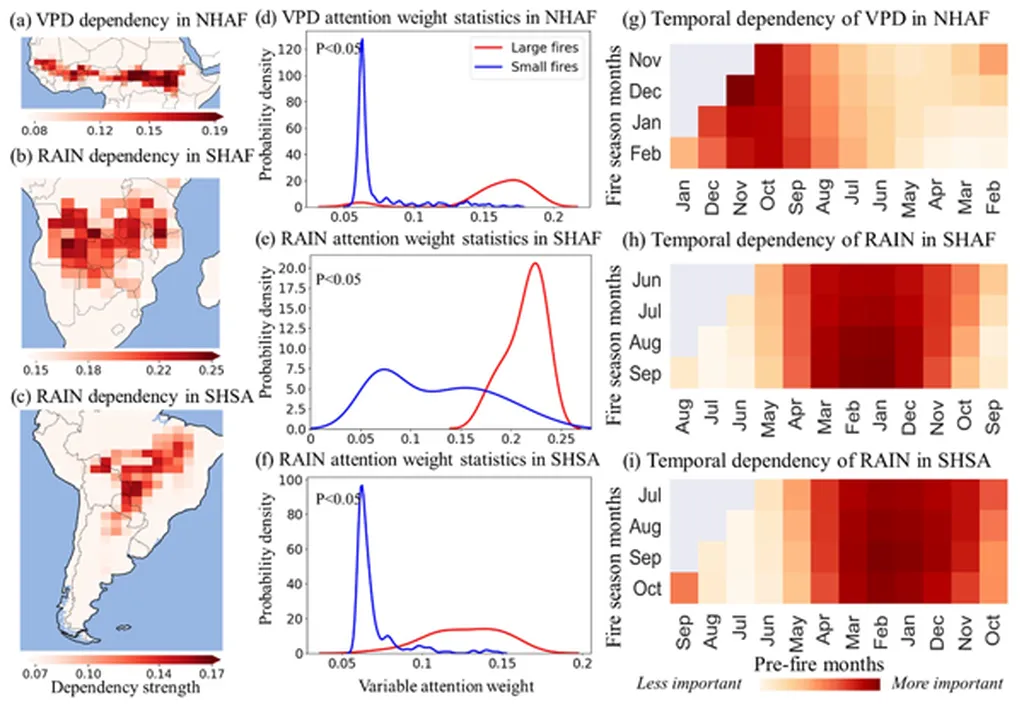In the relentless battle against wildfires, one of the most critical defenses is the humble firebreak—a strategically placed barrier designed to halt the advance of flames. However, as climate change fuels more extreme fires, the effectiveness of these barriers is increasingly being tested. A groundbreaking study published in Comptes Rendus. Mécanique, translated from French as ‘Proceedings of the Mechanics’ offers a new mathematical model that could revolutionize the way we design and maintain firebreaks, with significant implications for the energy sector.
At the heart of this research is Akahoua David Vincent Brou, a scientist from the Université Jean Lorougnon Guédé de Daloa in Côte d’Ivoire. Brou and his team have developed a framework that estimates the probability of a fire crossing a firebreak based on fire behavior and weather conditions. This isn’t just about stopping fires; it’s about predicting when and where they might break through, allowing for more proactive and effective management.
The study leverages data from several bushfire experiments to calculate the probability of a fire crossing a firebreak using logistic regression. The results are striking: a probability greater than 35% indicates a high risk of crossing, while a probability less than 25% suggests a moderate risk. But here’s where it gets critical—above 45%, the risk becomes severe. “This threshold is not just a number,” Brou explains. “It’s a red line that tells us when to act, when to reinforce our defenses, and when to evacuate if necessary.”
For the energy sector, the implications are profound. Wildfires pose a significant threat to power infrastructure, from transmission lines to solar farms and wind turbines. A severe fire crossing a firebreak could lead to catastrophic damage, power outages, and even loss of life. By understanding the critical thresholds for firebreak crossing, energy companies can better prepare and protect their assets.
The research introduces a risk matrix that supports decision-making, providing a clear, data-driven approach to fire management. This matrix could become a standard tool for energy companies, helping them to allocate resources more effectively and minimize downtime during fire seasons.
But the impact of this research goes beyond immediate fire management. It opens the door to smarter, more resilient infrastructure design. “We’re not just talking about stopping fires,” Brou says. “We’re talking about designing a future where our infrastructure can withstand and adapt to the increasing threat of wildfires.”
As climate change continues to intensify wildfire risks, the need for innovative solutions has never been greater. This study, published in Comptes Rendus. Mécanique, offers a beacon of hope, a mathematical model that could shape the future of fire management and infrastructure design. For the energy sector, it’s a call to action—to embrace data-driven strategies, to invest in resilience, and to prepare for a future where wildfires are not just a seasonal threat, but a year-round challenge.

